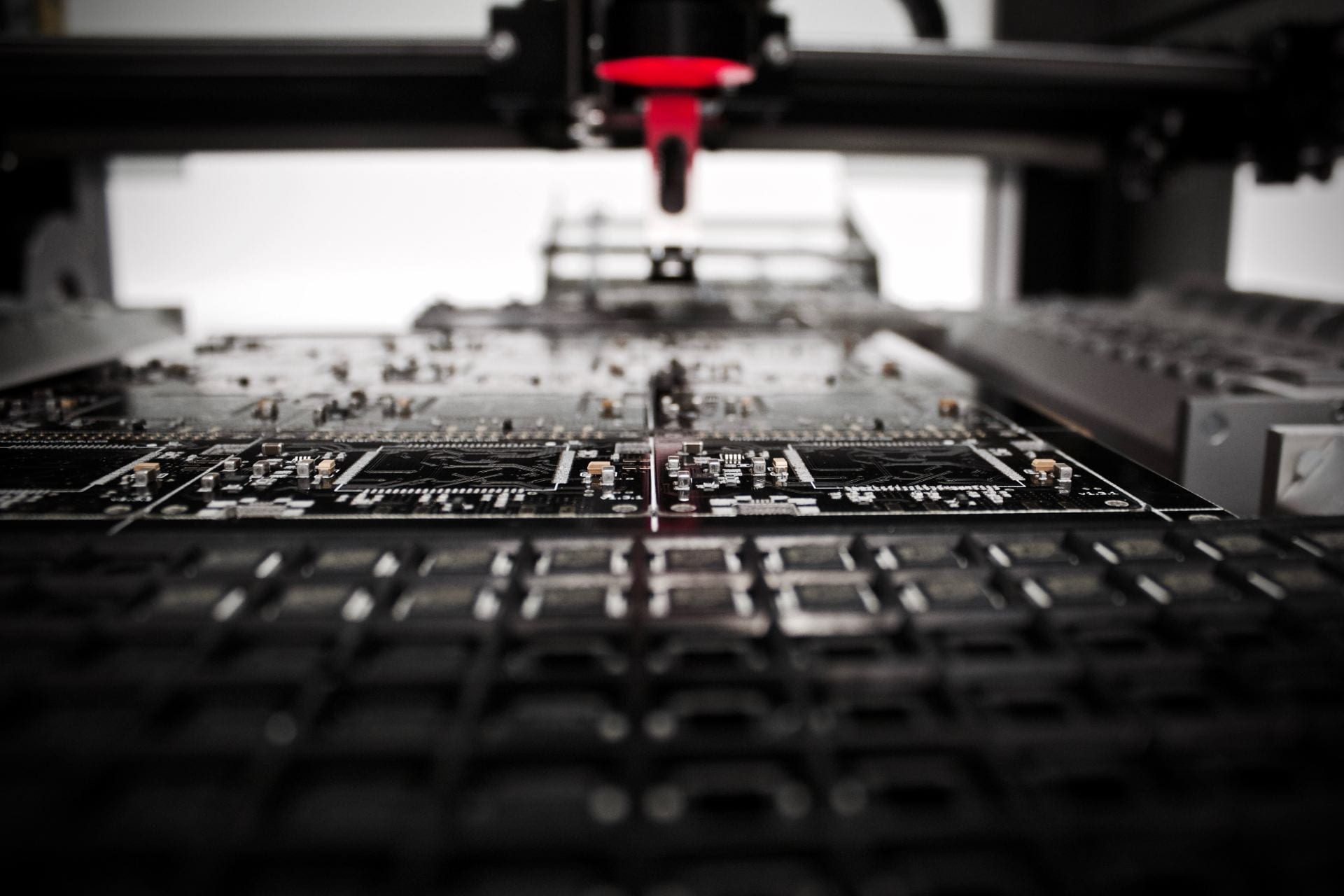This project Introduces a communication framework to facilitate efficient information synchronization between an autonomous system and a human operator under scenarios where instant data transfer is not available. We utilize mental models to represent the system’s high-level state and employ a replanning algorithm to adapt to the dynamically changing environment in real time.
Our work investigates a framework with two distinct elements to address the challenges. First, we explicitly attempt to model the human’s understanding of the location and progress of each robot. We consider this a simulated human mental model. Second, we also explicitly anticipate frequent needs to re-plan our trajectory in response to dynamics in the world. Instead of attempting an optimal end-to-end mission plan, we seek to remain near optimal while also providing the capability to quickly re-plan in real-time. We pair these two elements together to have a more agile human-robot interaction where the human is updated only when the robot’s re-planning causes deviations from the simulated human mental model.

The communication framework between the system and the human operator consists of SHMM and SMM to represent the swarm situational awareness: The system concurrently keeps track of these two mental models and consistently assesses the disparity between them using various metrics. If any metric surpasses a threshold, the swarm will either update the human commander on its true state to align human perception with reality, or it will initiate a replanning process to adjust tasks and subsequently inform the commander of the new plan.
